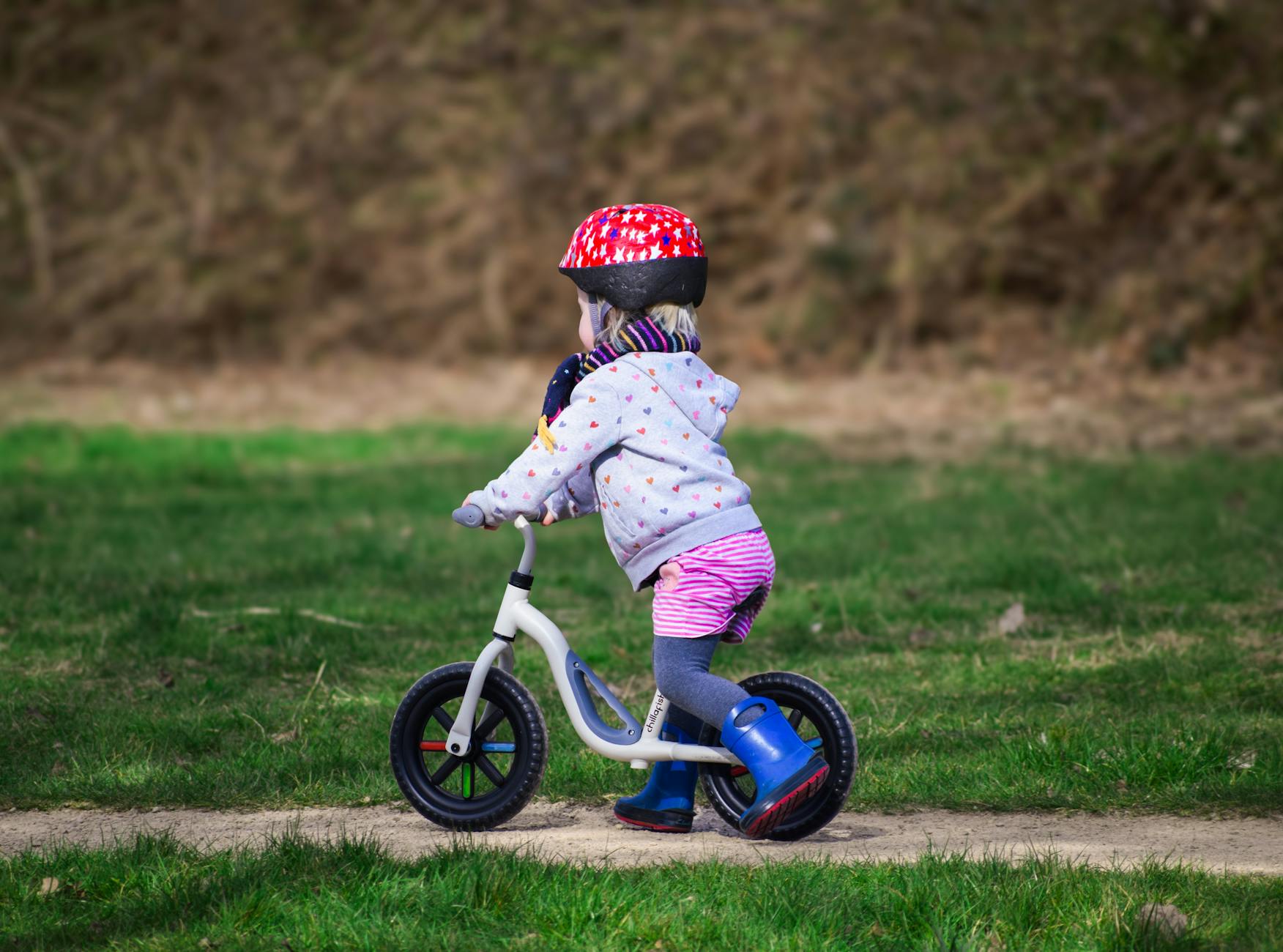Discover the essential top tips for safely cycling with kids – Learn how to keep your family safe on the road!
Table of Contents
When it comes to cycling with kids, safety should always be the top priority. From choosing the right bike size to teaching them essential bike safety rules, there are several important factors to consider to ensure a fun and safe biking experience for both you and your child.
Determining the Correct Bike Size for Your Child
Before your child hops on a bike, it’s crucial to make sure they are riding a bike that is the right size for them. Choosing the correct bike size not only ensures a comfortable ride but also promotes better control and stability. Here are some steps to help you determine the right bike size for your child:
First, measure your child’s height and inseam length. This will give you a good starting point for selecting the appropriate bike size. It’s important to choose a bike that your child can comfortably straddle while still having a slight bend in their knees when sitting on the seat.
Consider the type of bike based on your child’s age. For younger children, balance bikes are a great option to help them develop their balance and coordination before transitioning to pedal bikes. Older children can start with pedal bikes, but make sure the bike size is suitable for their height and comfort.
For personalized guidance on bike sizing, visit a local bike shop. The experts there can help you find the perfect bike size for your child based on their measurements and riding experience.
Safety Tips for Cycling with Kids
Once you have the right bike size for your child, it’s essential to teach them basic bike safety rules to ensure a safe and enjoyable cycling experience. Here are some top safety tips to keep in mind:
Always make sure your child wears a properly fitted helmet when riding a bike. A helmet can protect their head in case of a fall or collision, reducing the risk of serious injury.
Teach your child basic bike safety rules, such as looking both ways before crossing the street, using hand signals to indicate turns, and staying visible to other road users. By instilling these rules early on, you can help your child develop safe biking habits.
Choose safe cycling routes away from busy roads. Look for bike paths, parks, or quiet neighborhoods where your child can ride without the worry of heavy traffic. Avoiding busy streets can reduce the risk of accidents and ensure a more relaxed biking experience for both you and your child.
Best Balance Bikes for 2-Year-Olds
Balance bikes are a popular choice for young children as they help them develop balance and coordination skills before transitioning to pedal bikes. When choosing a balance bike for a 2-year-old, there are a few things to consider:
Balance bikes are beneficial for young children as they allow them to learn to balance and steer without the added complexity of pedals. Look for a balance bike with an adjustable seat height to accommodate your child’s growth and ensure a comfortable fit.
When choosing a balance bike for a 2-year-old, consider features such as lightweight construction, sturdy tires, and easy-to-use handlebars. These features can make the learning process more enjoyable for your child and help them gain confidence in their biking abilities.
Some recommended models for beginners include the Strider 12 Sport Balance Bike, the KaZAM Classic Balance Bike, and the Retrospec Cub Kids Balance Bike. These bikes are designed with young riders in mind and offer a smooth and stable riding experience.
Transitioning to Pedal Bikes
As your child grows and develops their biking skills, they may be ready to transition from a balance bike to a pedal bike. Here are some tips to help you make the switch:
Look for signs that your child is ready for a pedal bike, such as being able to balance and steer confidently on their balance bike, having good coordination and control, and showing an interest in learning to pedal. These indications can help you determine when your child is ready for the next step.
When teaching your child to ride a pedal bike, start in a safe and open area such as a park or empty parking lot. Use training wheels initially to help your child get comfortable with pedaling and balancing on a traditional bike. Gradually, you can remove the training wheels and encourage your child to practice pedaling on their own.
Some recommended pedal bikes for older children include the Guardian Original Kids Bike, the Schwinn Koen Boys Bike, and the RoyalBaby Freestyle Kid’s Bike. These bikes are designed for young riders and offer features such as adjustable seat heights, durable frames, and easy-to-use brakes.
In conclusion, choosing the right bike size for your child and prioritizing safety when cycling with kids are essential steps to ensure a positive biking experience. By following these tips and guidelines, you can help your child enjoy the benefits of cycling while staying safe on the road.

